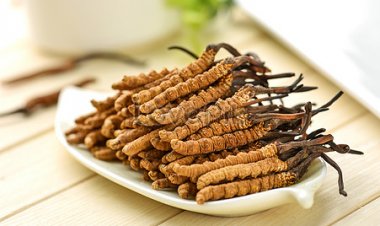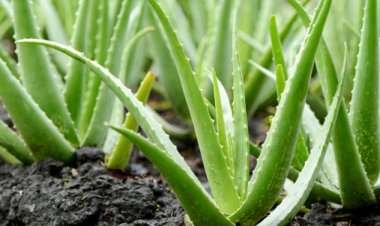Exploring the Medicinal Properties of Popular Herbs Found Only in Nepal
Explore the traditional medicinal properties of popular herbs found only in Nepal, such as Yarsagumba, Dendrobium orchid, Jatamansi, Dhatura, Sarpagandha, and more. Learn about the benefits and uses of these herbs in traditional medicine and Ayurveda.
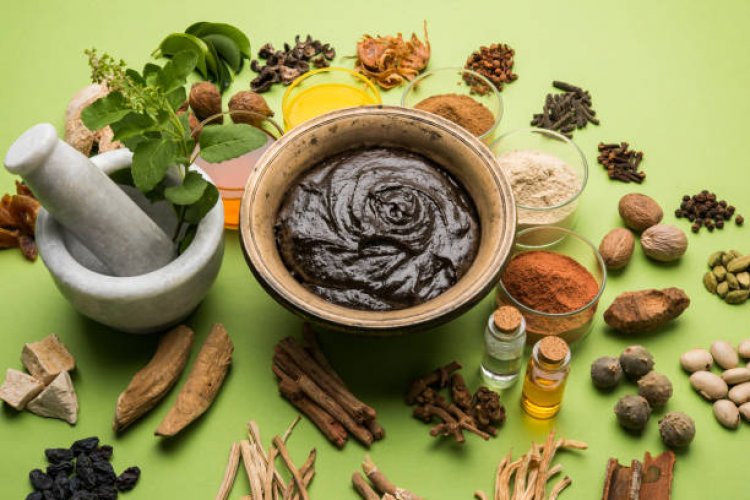
Nepal is home to a wide variety of herbs, many of which are used for medicinal purposes. These herbs grow in the diverse climate and soil of Nepal and are found only in this country. Here are some of the most popular herbs found only in Nepal:
-
Yarsagumba (Cordyceps sinensis)
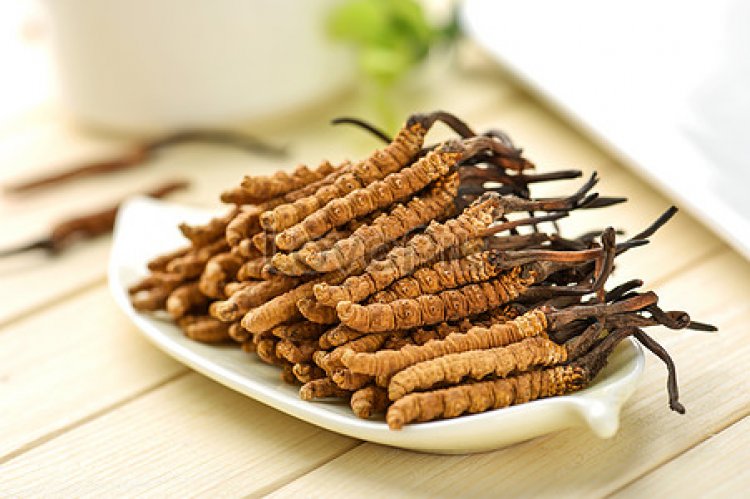
Yarsagumba, also known as "Himalayan Viagra," is a medicinal herb that is found in the high-altitude regions of Nepal and other parts of the Himalayas. It is a type of fungus that grows on the larvae of certain insects, and is highly prized for its medicinal properties.
The main active ingredient in Yarsagumba is cordycepin, which is believed to have a range of health benefits. It is said to boost energy, stamina, and libido, as well as having anti-aging properties. It is also used in traditional medicine to treat various respiratory issues, such as asthma and bronchitis, and to improve kidney and liver function.
Yarsagumba is also used in traditional Chinese medicine, where it is believed to help improve circulation, boost the immune system, and increase longevity. It is also used as a tonic to promote overall health and well-being.
However, it is important to note that while yarsagumba is believed to have many health benefits, there is limited scientific research on the herb and its effects. Therefore, it should not be used as a substitute for conventional medical treatment and should only be used under the guidance of an experienced practitioner.
Yarsagumba is also quite expensive, and due to overharvesting and climate change, it is becoming rare. Therefore, it is important to ensure that the source is sustainable and ethically harvested.
-
Timur (Zanthoxylum armatum)
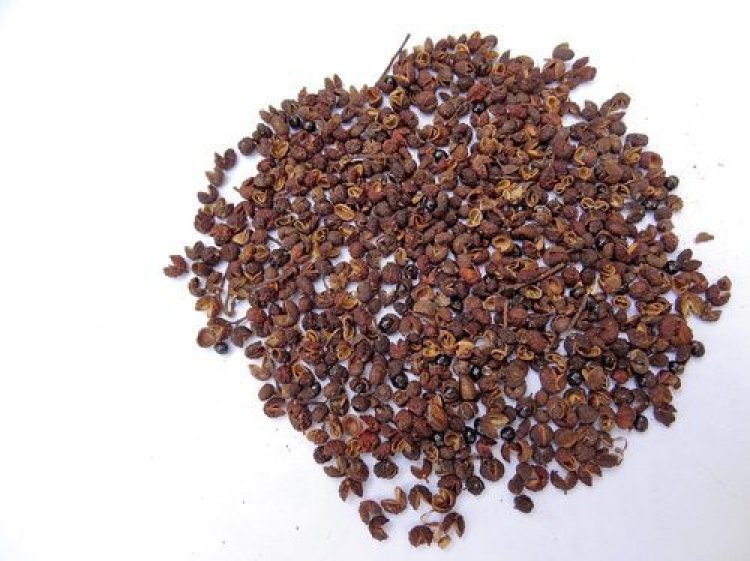
Timur, also known as Szechuan pepper or Chinese pepper, is a spice that is native to Nepal and other parts of the Himalayas. The plant belongs to the Zanthoxylum genus and is known for its unique, lemony flavor and a slight numbing sensation in the mouth.
It is widely used in Nepalese cuisine, particularly in the traditional dishes of the Newari community. It is often used to add a tangy taste to curries and meat dishes, as well as pickles and marinades. It is also used in traditional medicine to treat indigestion, stomach pain and to boost the immune system.
Timur berries are dried and then ground to a powder, which can be used as a spice. It is also used to make a traditional liquor called 'Tongba' in Nepal.
In recent years, timur has gained popularity in the Western world as a unique and versatile spice. It is often used in fusion cuisine, and it is becoming more available in specialty stores. However, care should be taken to ensure that the Timur you are using is of good quality and is sustainably sourced.
-
Panchaule (Echinacea purpurea)
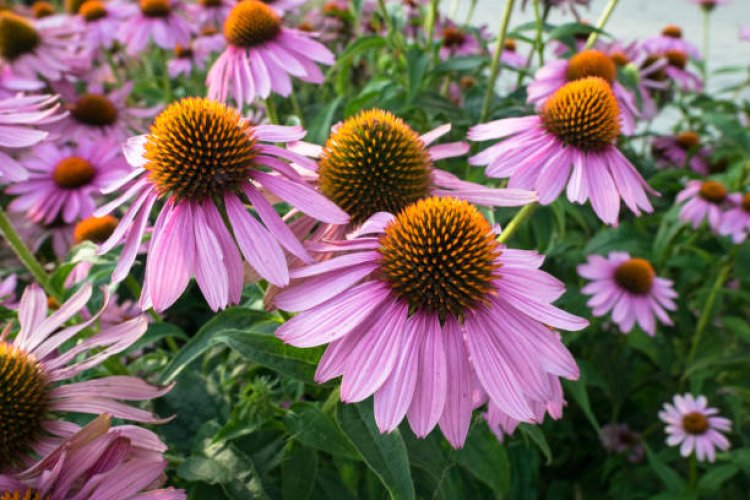
Panchaule (Echinacea purpurea) is a herb that is commonly found in Nepal and other parts of the Himalayas. It is a member of the daisy family and is known for its medicinal properties.
The main active ingredients in Panchaule are alkamides, polysaccharides, and flavonoids. It is believed to have immune-boosting properties and is commonly used to prevent colds and flu. It is also used to treat various skin conditions, such as eczema and acne, as well as to reduce inflammation.
Panchaule is also used in traditional medicine to treat a variety of other conditions, including respiratory issues, such as asthma and bronchitis, and to improve kidney and liver function. It is also used to promote wound healing and improve overall health and well-being.
The root of the panchaule is used traditionally for its medicinal properties. However, it is important to note that while Panchaule is believed to have many health benefits, there is limited scientific research on the herb and its effects. Therefore, it should not be used as a substitute for conventional medical treatment, and should only be used under the guidance of an experienced practitioner.
-
Satuwa (Cedrus deodara)
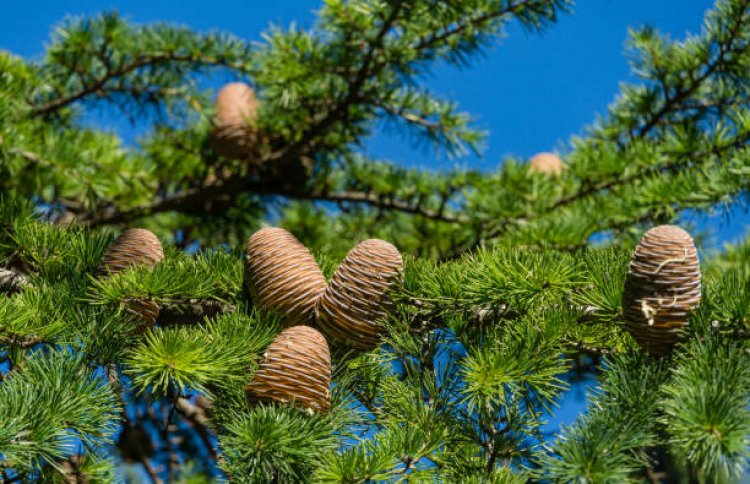
Satuwa, also known as "Cedrus deodara," is a medicinal herb that is found in the high-altitude regions of Nepal. It is a type of evergreen tree that is known for its medicinal properties.
The tree is known for its medicinal properties, the resin and oil extracted from the tree have a wide range of medicinal uses. It is commonly used to treat respiratory problems, such as asthma and bronchitis, and to improve lung function. The oils and resin are used to make remedies that help clear chest congestion, relieve coughs, and soothe sore throats.
Satuwa is also used as an anti-inflammatory and to boost the immune system. It is believed to have properties that help reduce inflammation and pain, making it useful for treating conditions such as rheumatoid arthritis, osteoarthritis, and gout.
It is also used in traditional Ayurvedic medicine to treat various skin problems, such as eczema and psoriasis, as well as to improve hair and scalp health. The oil and resin from the tree are applied topically to the skin and hair to reduce itching, redness and promote healthy growth.
It is also used as a natural insect repellent and as a fumigant. The resin and oil are used to make natural insect repellent and fumigant that help repel mosquitoes, flies, and other insects.
It is important to note that while Satuwa is believed to have many health benefits, there is limited scientific research on the herb and its effects. Therefore, it should not be used as a substitute for conventional medical treatment, and should only be used under the guidance of an experienced practitioner.
-
Selroti (Ficus racemosa)
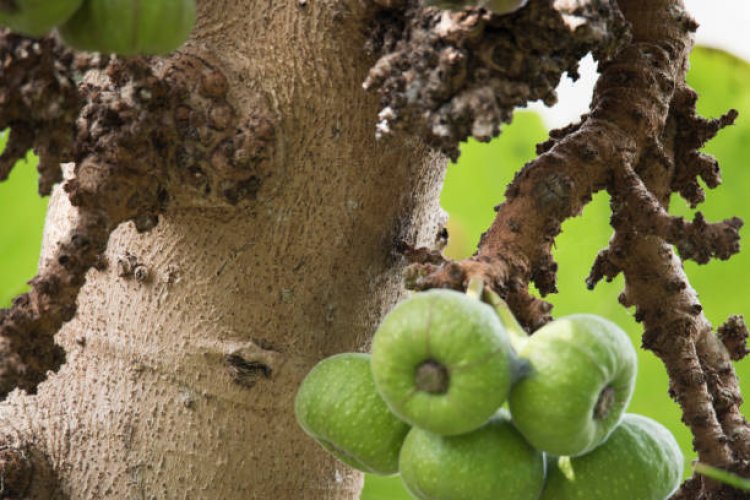
Selroti, also known as Ficus racemosa, is a medicinal herb that is found in Nepal and other parts of the Himalayas. It is a type of fig tree that is known for its anti-inflammatory and pain-relieving properties.
The leaves, bark, and roots of the Selroti tree have been used in traditional medicine for centuries. The bark and root are mainly used to treat joint pain, arthritis, and other inflammatory conditions. The root decoction is also used to treat rheumatoid arthritis, osteoarthritis, gout, and other joint pain. The leaves are also used to make a poultice for external use to reduce pain and inflammation.
In addition to its anti-inflammatory properties, Selroti is also believed to have antioxidant, anti-cancer, anti-diabetic, and anti-spasmodic properties. It is also used to treat various skin conditions, such as eczema and psoriasis.
However, it is important to note that while Selroti is believed to have many health benefits, there is limited scientific research on the herb and its effects. Therefore, it should not be used as a substitute for conventional medical treatment and should only be used under the guidance of an experienced practitioner.
It is also important to note that Selroti should be used under the guidance of an Ayurvedic practitioner or an experienced practitioner, as it can have side effects if not used properly. It is also important to be aware that it should be used in moderate quantity, as excessive use of the root bark can cause nausea, vomiting, and diarrhea.
-
Jatamansi (Nardostachys jatamansi)
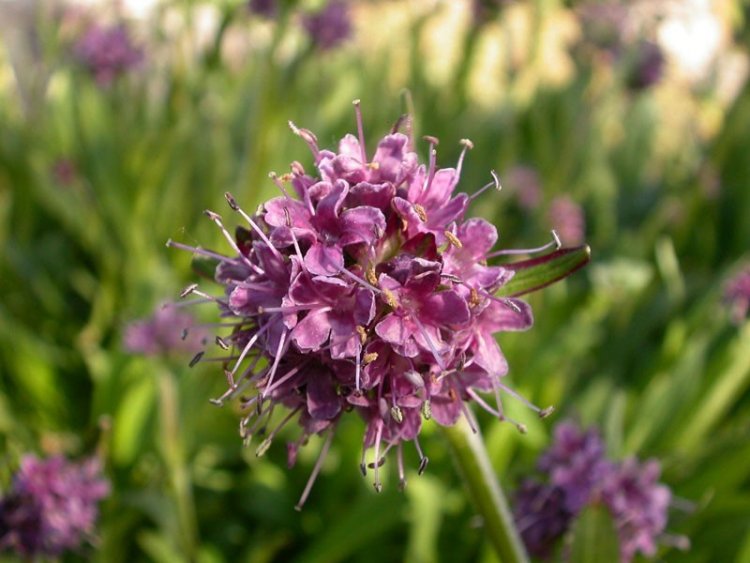
Jatamansi, also known as Nardostachys jatamansi, is a perennial herb that is native to the high-altitude regions of Nepal and other parts of the Himalayas. It is known for its medicinal properties and is often used in Ayurvedic and traditional Chinese medicine.
The root of the Jatamansi plant is used for medicinal purposes. It contains compounds such as spiro-androstenol and nardostachone, which are believed to have a range of health benefits. Jatamansi is known to have anti-anxiety, sedative, and anti-inflammatory properties. It is often used to treat anxiety, insomnia, and stress, as well as to improve memory and cognitive function.
It is also used to treat certain skin conditions, such as eczema and psoriasis, and to promote hair growth. Jatamansi is also used as an anti-inflammatory agent to treat various ailments, such as headaches, menstrual cramps, and fever.
In traditional Chinese medicine, Jatamansi is believed to help balance the body's energy, also known as Qi, and to improve circulation.
However, it is important to note that while Jatamansi is believed to have many health benefits, there is limited scientific research on the herb and its effects. Therefore, it should not be used as a substitute for conventional medical treatment, and should only be used under the guidance of an experienced practitioner.
-
Dhatura (Dhatura metel)
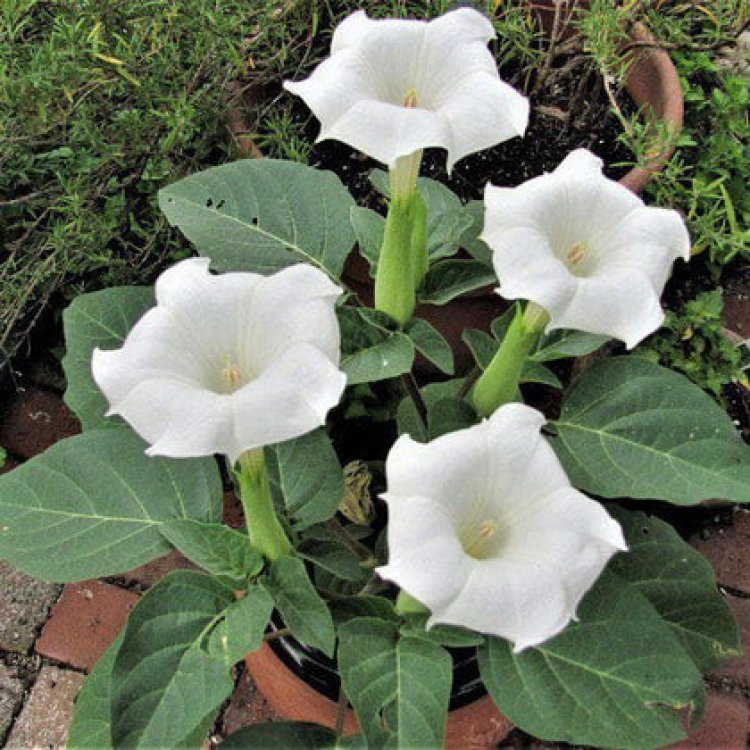
Dhatura (Dhatura metel) is a highly toxic herb that is found in Nepal and other parts of Asia. It is a member of the nightshade family and is known for its medicinal properties, although its use is limited due to its toxicity.
The leaves, seeds, and root of the plant are used medicinally. It is traditionally used to treat a wide range of conditions, including asthma, bronchitis, and even cancer. It is also believed to have pain-relieving properties and is used to treat various types of pain.
In spiritual practices, it is used as a hallucinogenic, due to the presence of alkaloids like atropine, hyoscyamine, and scopolamine, which are responsible for its toxic effects and its psychoactive properties.
It is important to note that Dhatura is highly toxic and should be used with extreme caution. It can cause severe side effects such as hallucinations, confusion, delirium, and even death in large doses.
-
Sarpagandha (Rauwolfia serpentina)
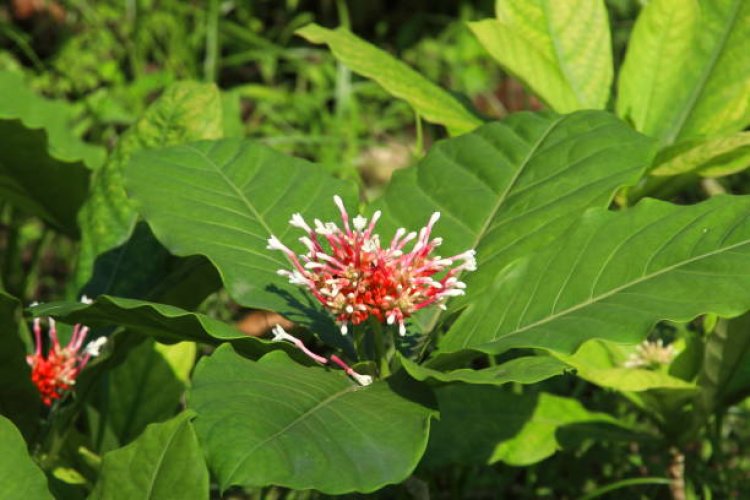
Sarpagandha, also known as Rauwolfia serpentina, is a small shrub that is native to Nepal and other parts of South Asia. It is known for its medicinal properties and has been used in traditional medicine for centuries.
The main active ingredient in Sarpagandha is Reserpine, which is believed to have a range of health benefits. It is commonly used to lower blood pressure and to treat hypertension (high blood pressure) due to its vasodilatory effect, which means it widens the blood vessels and helps to lower the pressure. It is also used to treat anxiety, insomnia, and other mental health conditions.
Sarpagandha is also used to treat some other conditions such as insomnia, anxiety, and psychotic disorders, as well as to help with the symptoms of certain conditions such as schizophrenia and bipolar disorder. Additionally, it has been traditionally used to help with conditions like asthma, diabetes, and high blood pressure.
It is important to note that while sarpagandha is believed to have many health benefits, there is limited scientific research on the herb and its effects. Therefore, it should not be used as a substitute for conventional medical treatment and should only be used under the guidance of an experienced practitioner. It is also important to note that sarpagandha can interact with other medications and cause side effects such as hypotension (low blood pressure), bradycardia (slow heart rate), and sedation, particularly when taken in high doses. It is also not recommended for use during pregnancy or lactation.
-
Kattu (Ficus religiosa)
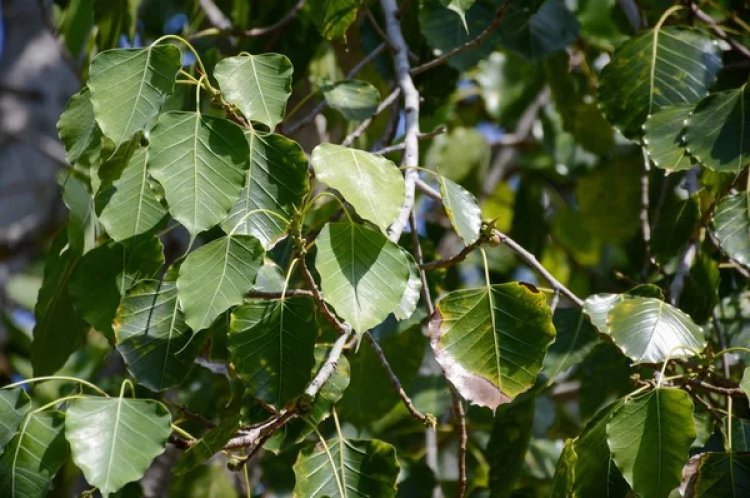
Kattu, also known as the Sacred Fig or Bo-Tree, is an herb that is commonly found in Nepal and other parts of South Asia. It is a type of fig tree that is known for its medicinal properties.
In Ayurvedic medicine, the leaves of the Kattu tree are commonly used to treat urinary tract infections, kidney stones, and other urinary tract problems. The leaves contain compounds that have been found to have diuretic properties, which promote urine flow and flush out toxins from the body.
Kattu is also believed to have anti-inflammatory and pain-relieving properties, and is often used to treat joint pain, arthritis, and other inflammatory conditions.
In addition to its medicinal uses, the Kattu tree is also of religious significance in Buddhism, as it is said to be the tree under which the Buddha attained enlightenment. The leaves of the Kattu tree are often used in religious ceremonies and rituals, and the tree is considered sacred by many.
-
Dendrobium orchid
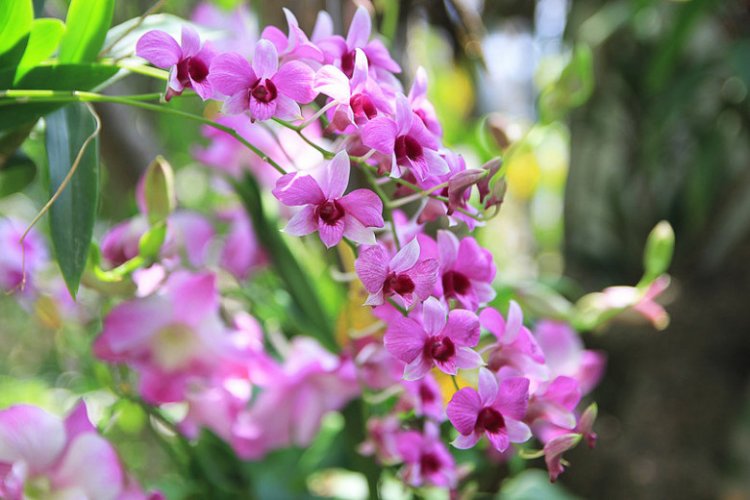
Dendrobium is a genus of orchids that includes over 1,200 species. These orchids are found in a variety of habitats, including tropical and subtropical regions, and are native to many parts of Asia, including Nepal.
Dendrobium orchids have been used in traditional medicine for centuries, and are believed to have a range of medicinal properties. They are commonly used to treat skin problems such as eczema, psoriasis, and skin rashes. They are also used to treat respiratory disorders such as asthma, bronchitis, and colds. They are also used to treat digestive issues such as constipation and diarrhea.
The orchids contain compounds such as flavonoids, alkaloids, and steroids, which are believed to be responsible for their medicinal properties. These compounds are thought to have anti-inflammatory, antioxidant, and antimicrobial properties.
Dendrobium orchids are also used in Chinese medicine, where they are believed to improve energy levels, boost the immune system, and promote overall health and well-being.
However, it is important to note that while Dendrobium orchids are believed to have many health benefits, there is limited scientific research on the orchids and their effects. Therefore, they should not be used as a substitute for conventional medical treatment and should only be used under the guidance of an experienced practitioner.
These herbs have been used for centuries in Nepal's traditional medicine and are still popular today. They are known for their unique properties and have been found to have a wide range of health benefits. They are also highly valued for their medicinal properties and are used in Ayurvedic and Unani medicine. However, it is important to note that these herbs should only be used under the guidance of a qualified practitioner.
What's Your Reaction?





























































































